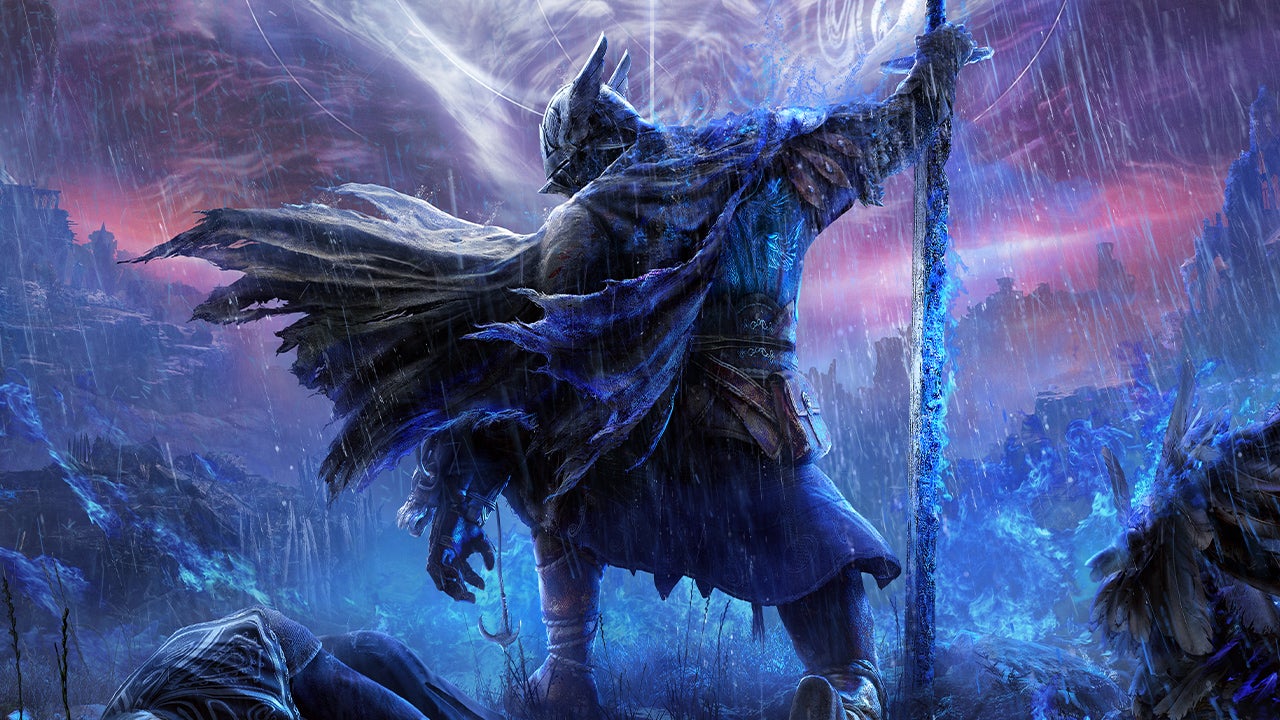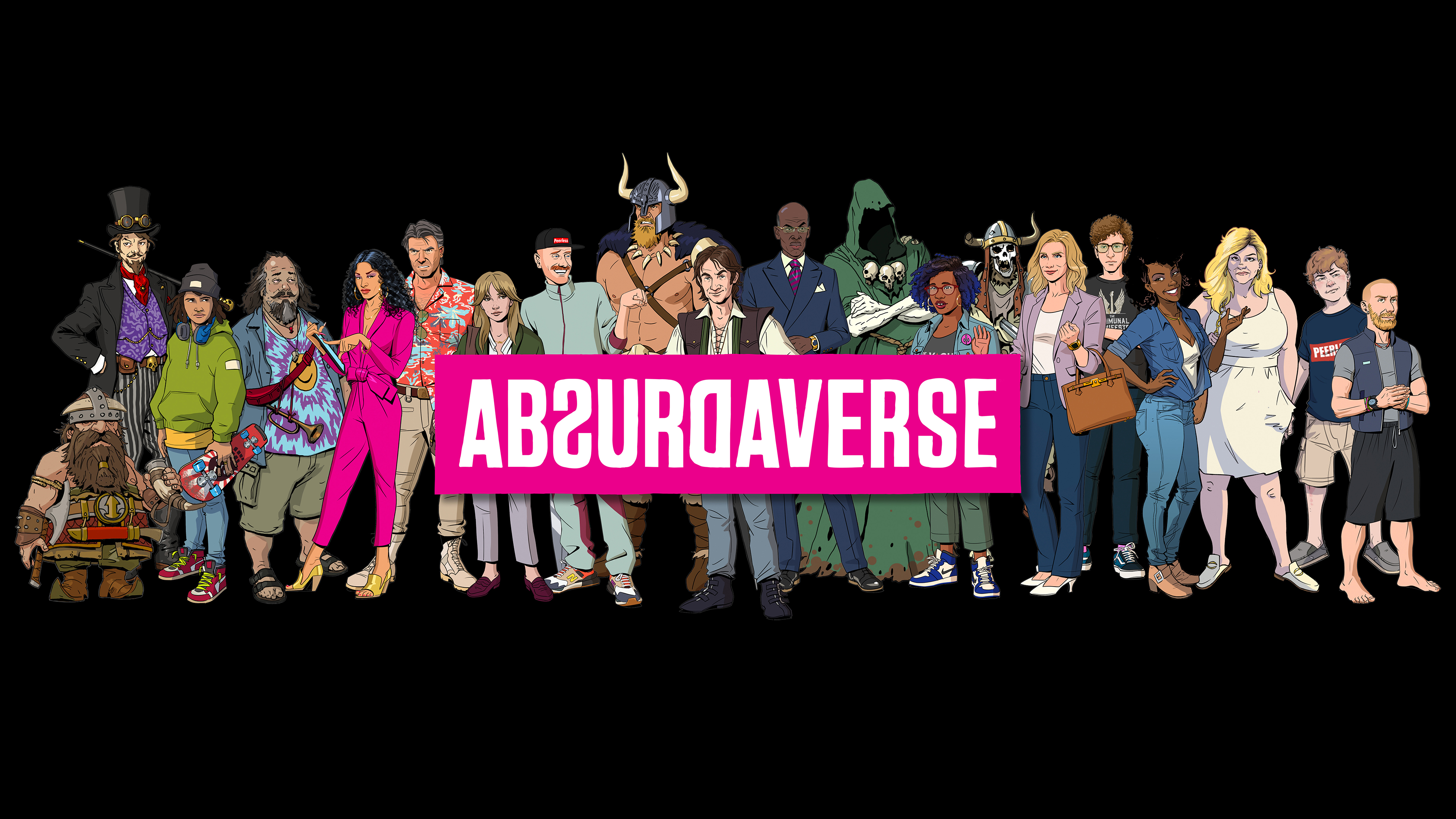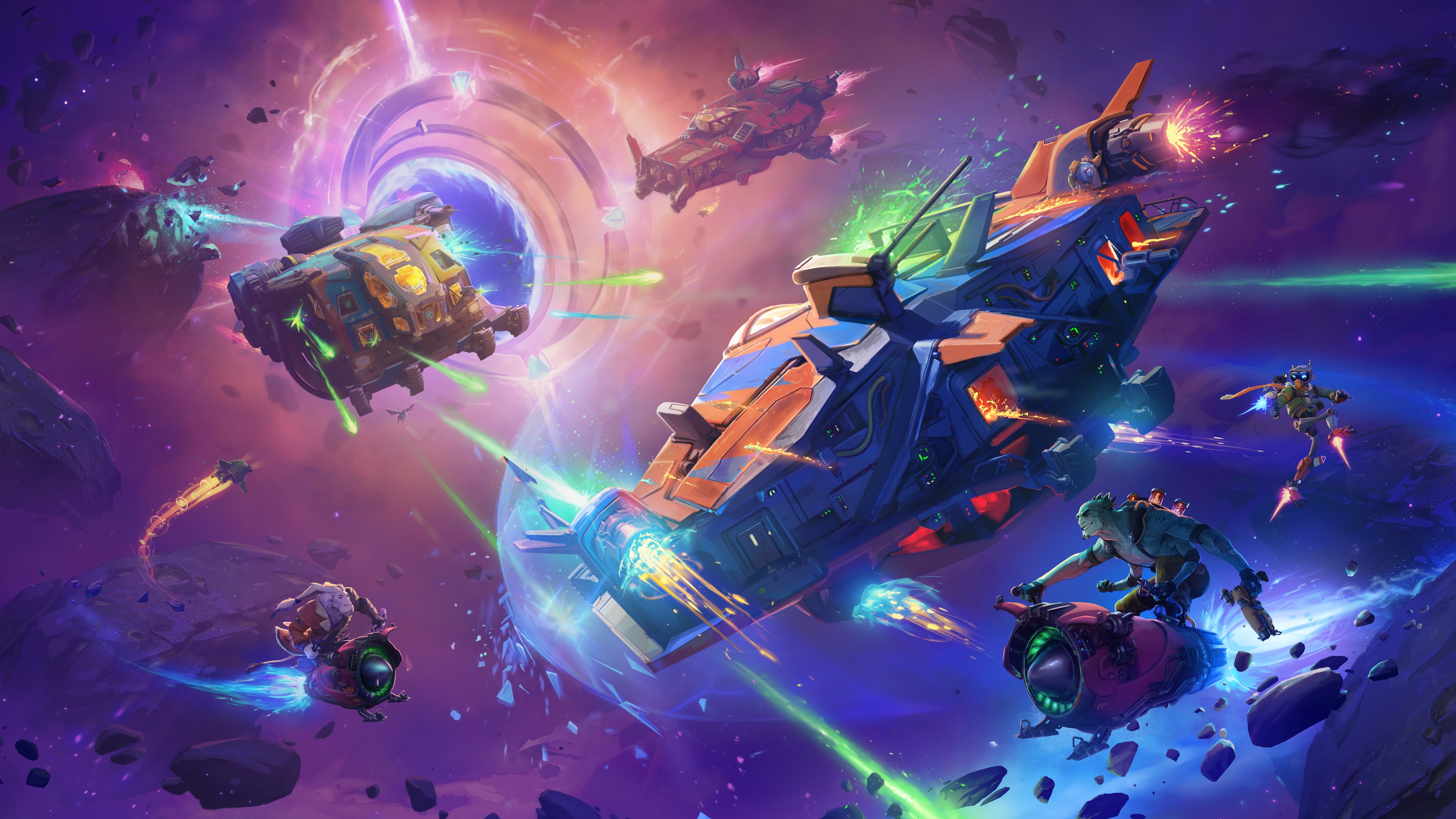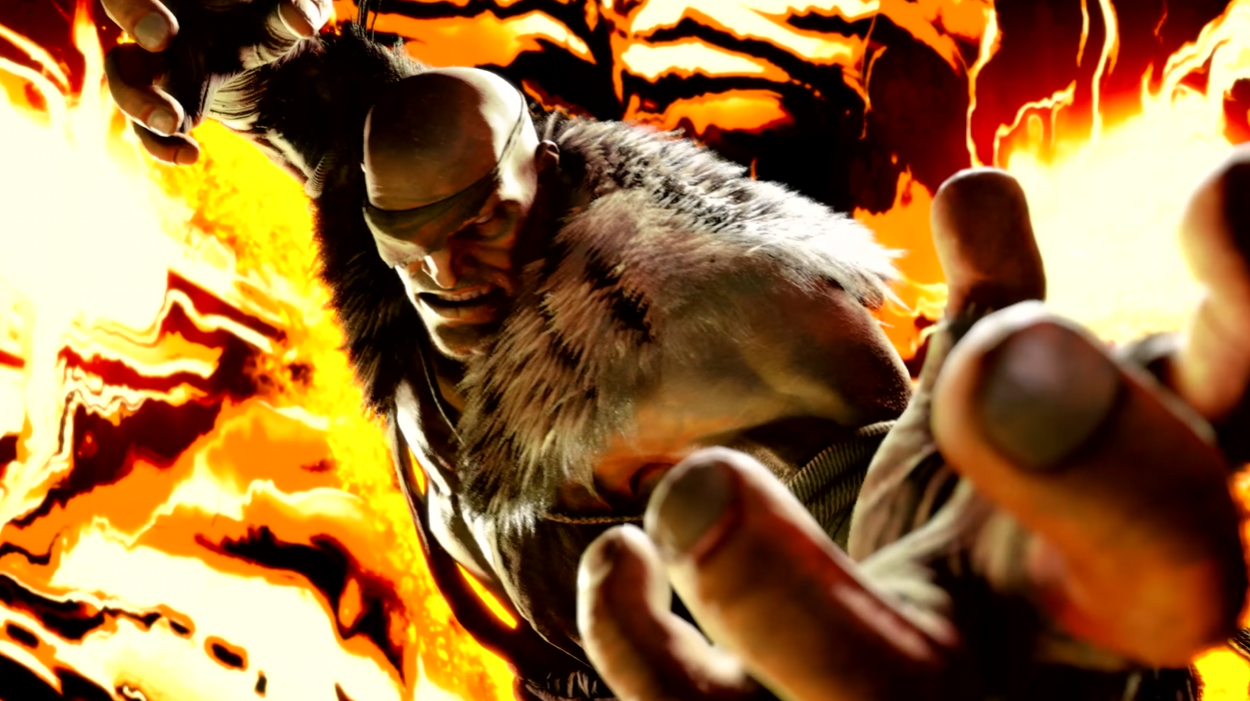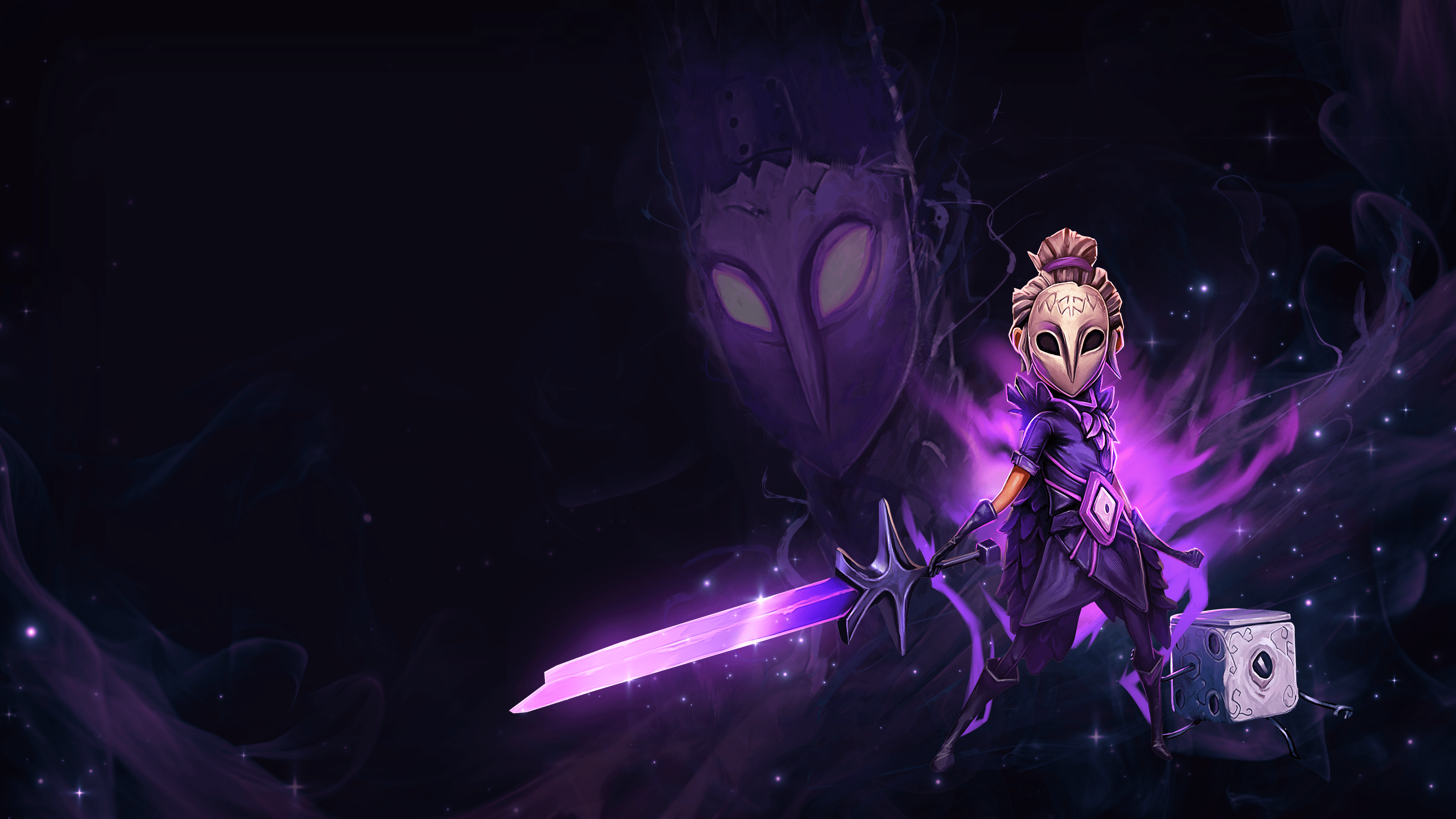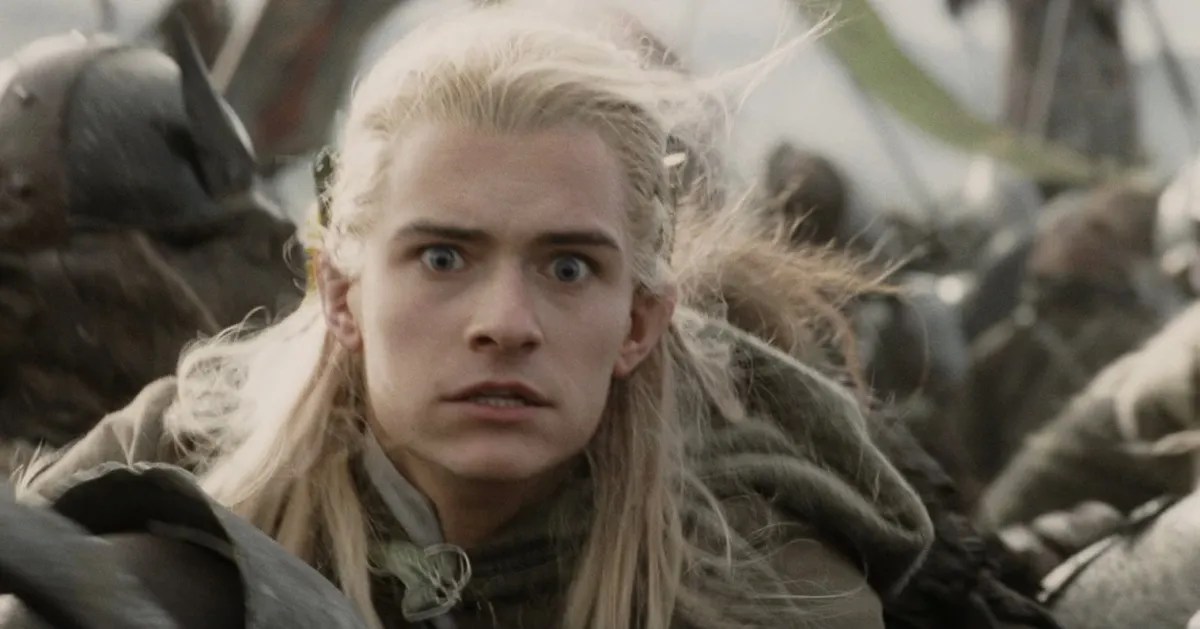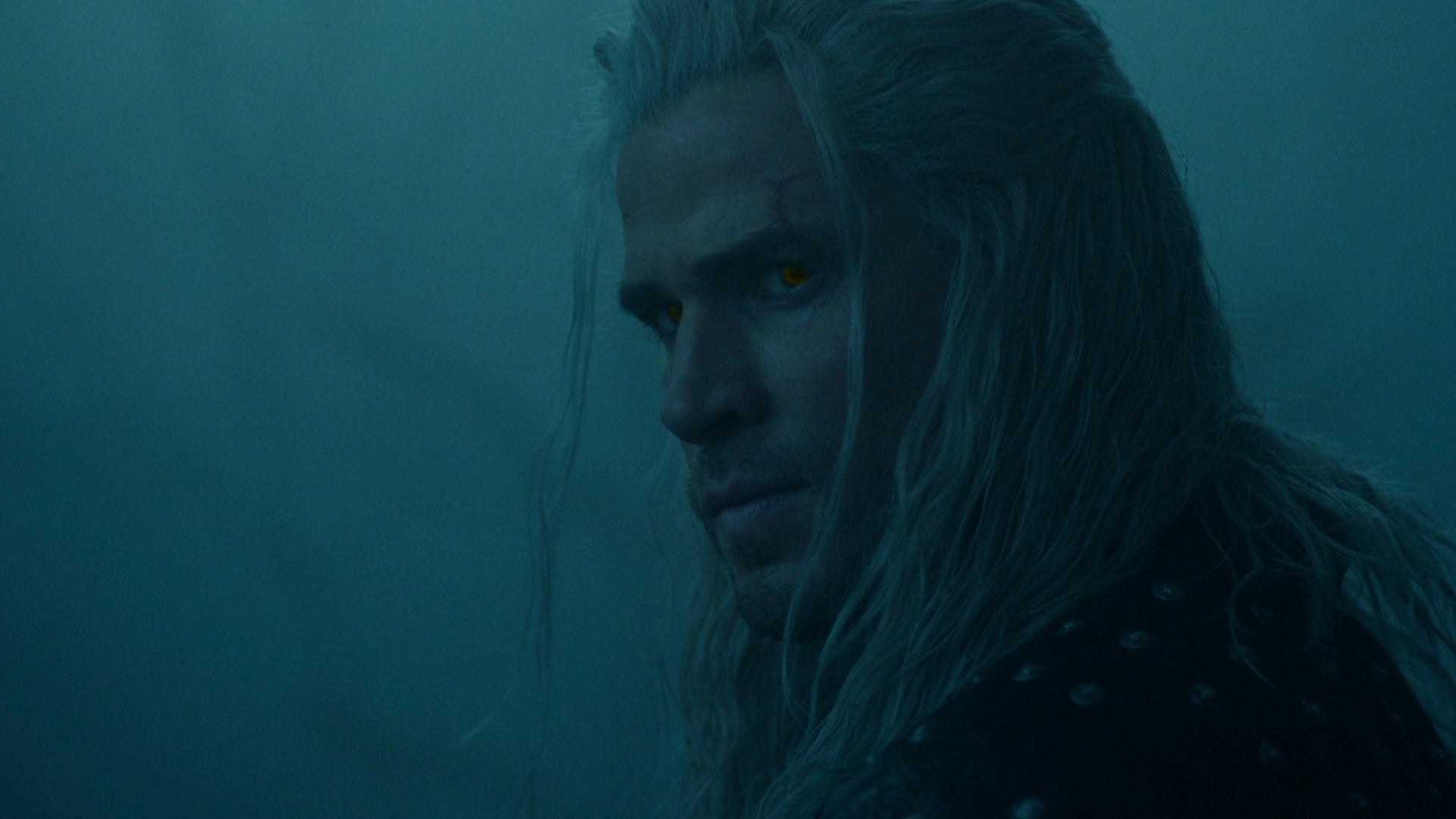
Don't let Elden Ring Nightreign's status as a spin-off fool you. It has plenty of stuff to pick apart for lore fiends. Much like the towering Erdtree, Nightreign is just one branch, one alternate timeline, with roots in the world of Elden Ring. Nightreign brings its own unique ideas and new characters to Elden Ring, even if the events of the game don’t tie directly to the original. You’ll know what we mean when we start exploring the ending of Nightreign below.
This article contains spoilers for the ending of Elden Ring Nightreign.
Is Nightreign Canon?
Nightreign bends the history of The Lands Between in a different direction, forking off from a pivotal moment in the lore to give us a peek at what might've happened if things had gone much, much worse. It’s better to think of the events of Nightreign as an alternate timeline rather than a canon storyline. You don't need to know everything about Elden Ring to enjoy it, but you do need to spend quite a bit of time running expeditions and fighting Nightlords to get the full picture. Once you do, you'll start to grasp how Nightreign fits (and doesn't fit) into the story of the Lands Between.

Elden Ring Nightreign Ending Explained
As the intro cutscene explains: Nightreign takes place in a world where the Tarnished never show up. The war between the gods—known as The Shattering—breaks out after Marika stirs chaos in The Lands Between by smashing the Elden Ring. Thousands of years pass and nobody takes the throne, eventually luring "an abomination" known as the Nightlord to the land. This unnamed being is basically a walking natural disaster. Wherever he goes, the Night follows, and an endless torrent of rain slowly dissolves the world into nothing.
Leave it to FromSoftware to come up with an even bleaker version of the timeline than what we have in the original game. Here, the Elden Throne is just an empty chair sitting in the ruins of a world fading out of existence. There's nothing to rule or to conquer. And yet a peculiar group of people have been chosen by some unknown master to try and defeat the Nightlord anyway and end the Night.
That's where we come in. The Nightfarers team up to hunt down lesser Nightlords on their way to the source of the catastrophe. This involves dropping down onto what's left of Limgrave and battling familiar monsters and bosses from not only Elden Ring, but the Dark Souls series as well. While the game doesn't explicitly state why the worlds have converged, I like to think of it as the result of ruptures in reality as the universe collapses in on itself.
Once you bring enough of the Nightlords down, the true culprit is revealed to be the husk of a man named Heolstor. He carries what looks like the Moonlight Greatsword from Dark Souls in one of his three arms, and is one of the most spectacular boss fights FromSoftware has ever created. Defeating him rewards you with the Primordial Nightlord's Rune, which resembles the Great Runes you find in Elden Ring, only with an inky hue.
Usually you return to see your allies hanging out in the Roundtable Hold after defeating a Nightlord, but killing Heolstor leaves you standing in front of a Roundtable Hold that has been long abandoned. A petrified corpse sits inside and when you place the rune before it, it causes your Nightfarer to dissipate into streaks of light that fly into the sky.
A post-credits scene shows the Lands Between as we know it from Elden Ring—Erdtree and all—with golden leaves wafting in the air. One of those leaves lands on a tree branch atop a giant that looks a lot like Heolstor if he were made out of wood. It rises out of the sea, pausing a moment to face the Erdtree, and then steps away.
It's heavily implied that by defeating Heolstor we've retroactively stopped the Night from ever happening in the first place. In other words: We've chopped off Nightreign's branch of the story for good, leaving the events of Elden Ring to play out as we know them from the original game.
Who is Heolstor and what happens in the alternate endings?

We don't know a lot about Heolstor outside of the relic you get from defeating him. It tells a brief story of a knight who was slain by a hero before mysteriously waking up to curse the world. It's vague enough to fit into several different interpretations, but the most plausible one seems to be that he is intentionally a nobody, a cosmic inevitability as natural as the sun setting in the evening.
This lines up thematically with the alternate ending the Wylder can get if you finish his remembrance quests. Instead of erasing the timeline, the Wylder takes up the mantle of Nightlord by using a Larval Tear, an item from Elden Ring that is associated with rebirth. You learn earlier in his quest that the Roundtable Hold only exists because the Nightlord exists, and his sister, the Duchess, is locked to the same fate. He sacrifices himself to the Night to keep her alive.
In the Ironeye's unique ending, he cuts the throat of the petrified corpse in the empty Roundtable Hold and prolongs the Night. His goal is to protect his clan of undying warriors who you might remember from Elden Ring as Those Who Live in Death. In Elden Ring's timeline, Those Who Live in Death are hunted by the followers of the Erdtree. The Ironeye's decision saves them from this outcome, but dooms the world as a result.
The Recluse's ending is the second most hopeful one you can get. Her remembrance reveals that she once had a child who she abandoned, leaving it to succumb to an endless hunger and start to devour everything in sight, including her own sister. After defeating Heolstor, the Recluse can find the Night-touched baby in the Roundtable Hold and embrace it. Her love calms the infant and seemingly prevents a new Nightlord from forming.
The remaining Nightfarers don't have special endings associated with them. Their stories follow the events of the default ending and they likely disappear along with everything else when it's erased. But Nightreign's story isn't completely over: FromSoftware will eventually release new Nightfarers as DLC and they could provide even more insight into the nature of this sad world— possibly through their own alternate endings.
